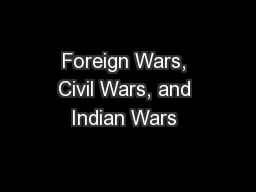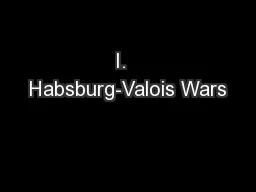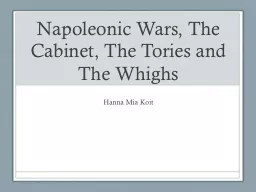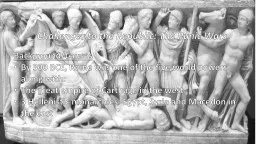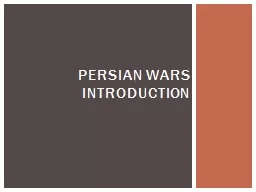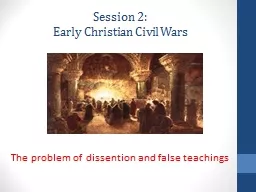PPT-Religious Wars
Author : stefany-barnette | Published Date : 2016-03-09
Religious Struggle 15001550s struggle between Lutherans and Zwinglians c Europe 1550s1600s struggle by Calvinists for recognition Peace of Augsburg Cuius regio
Presentation Embed Code
Download Presentation
Download Presentation The PPT/PDF document "Religious Wars" is the property of its rightful owner. Permission is granted to download and print the materials on this website for personal, non-commercial use only, and to display it on your personal computer provided you do not modify the materials and that you retain all copyright notices contained in the materials. By downloading content from our website, you accept the terms of this agreement.
Religious Wars: Transcript
Download Rules Of Document
"Religious Wars"The content belongs to its owner. You may download and print it for personal use, without modification, and keep all copyright notices. By downloading, you agree to these terms.
Related Documents


